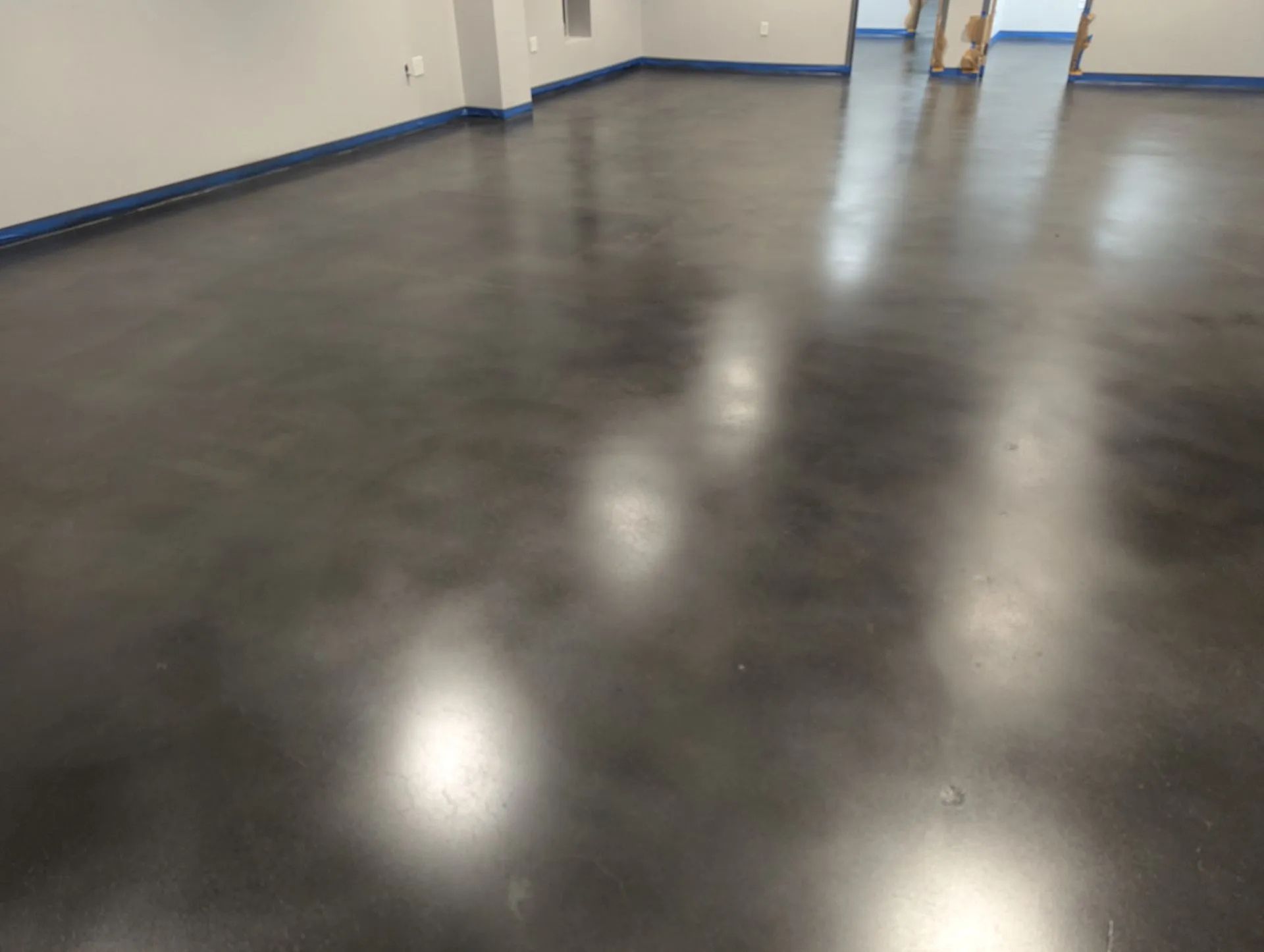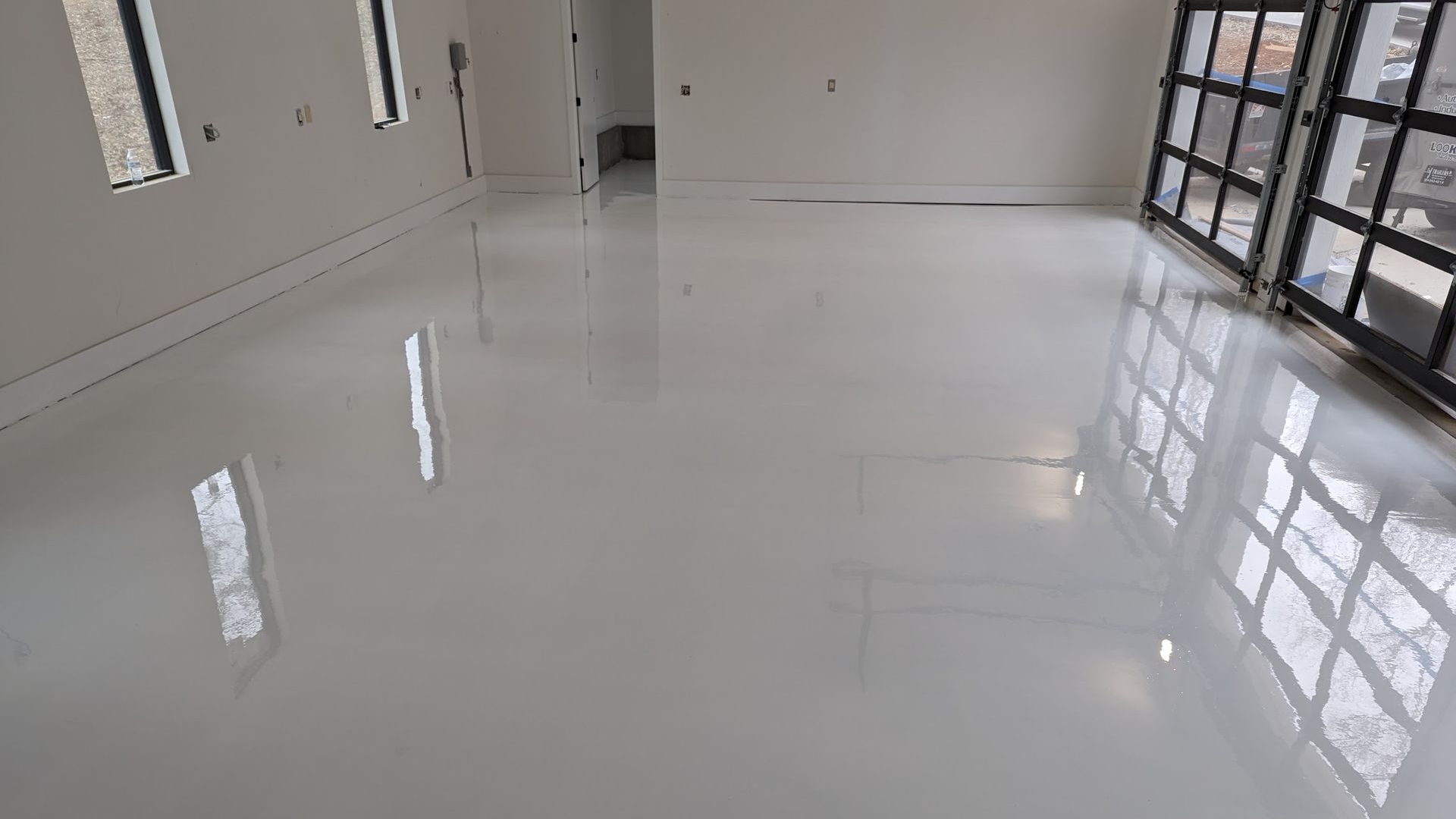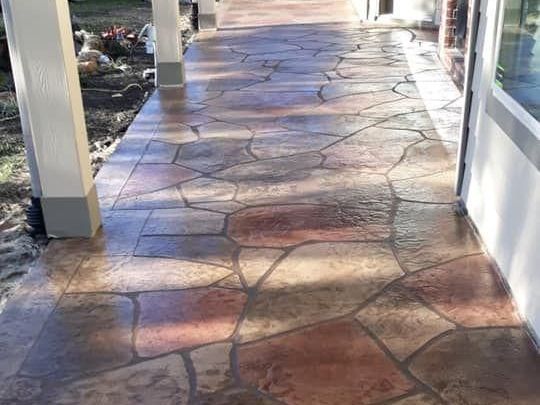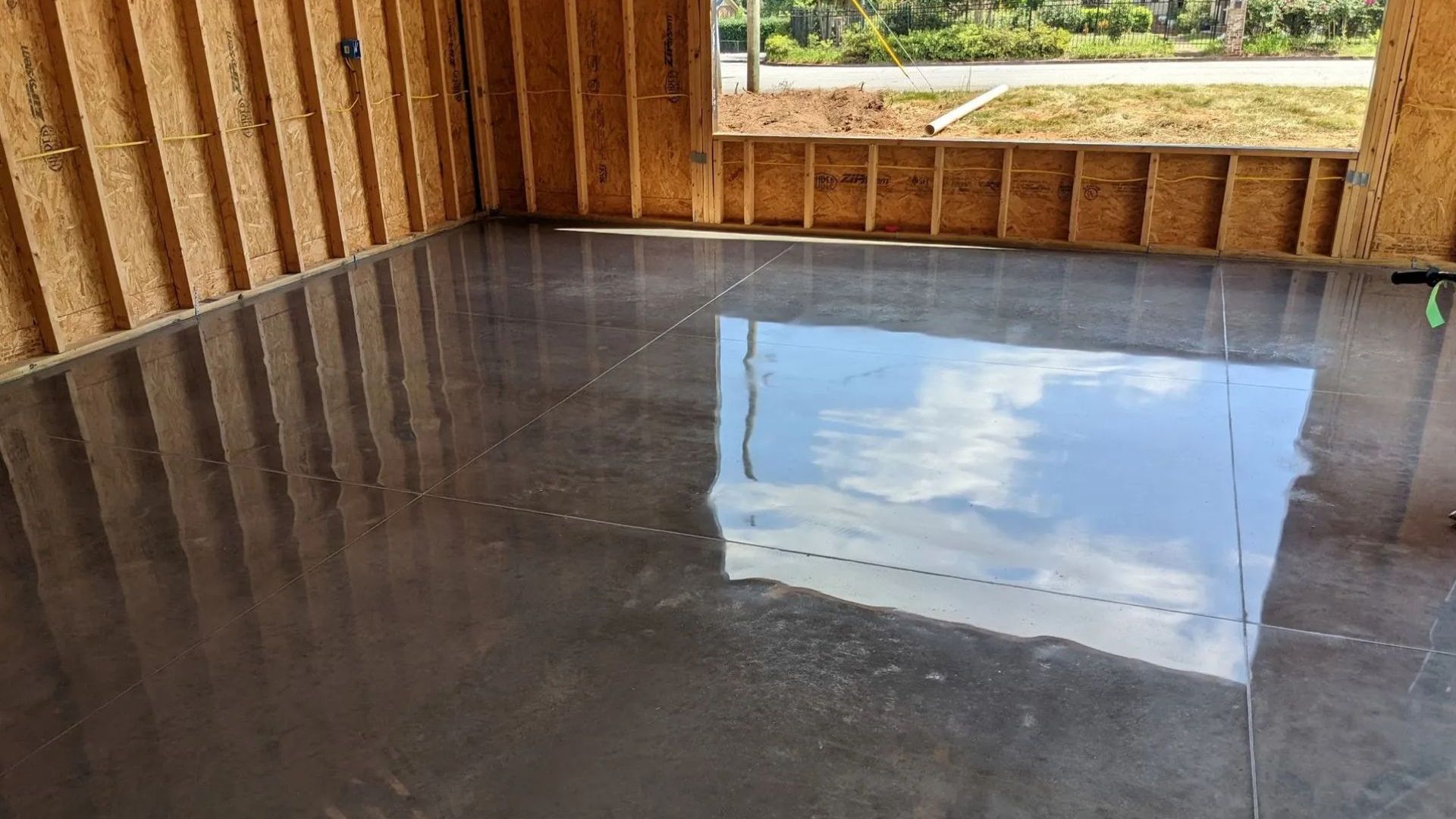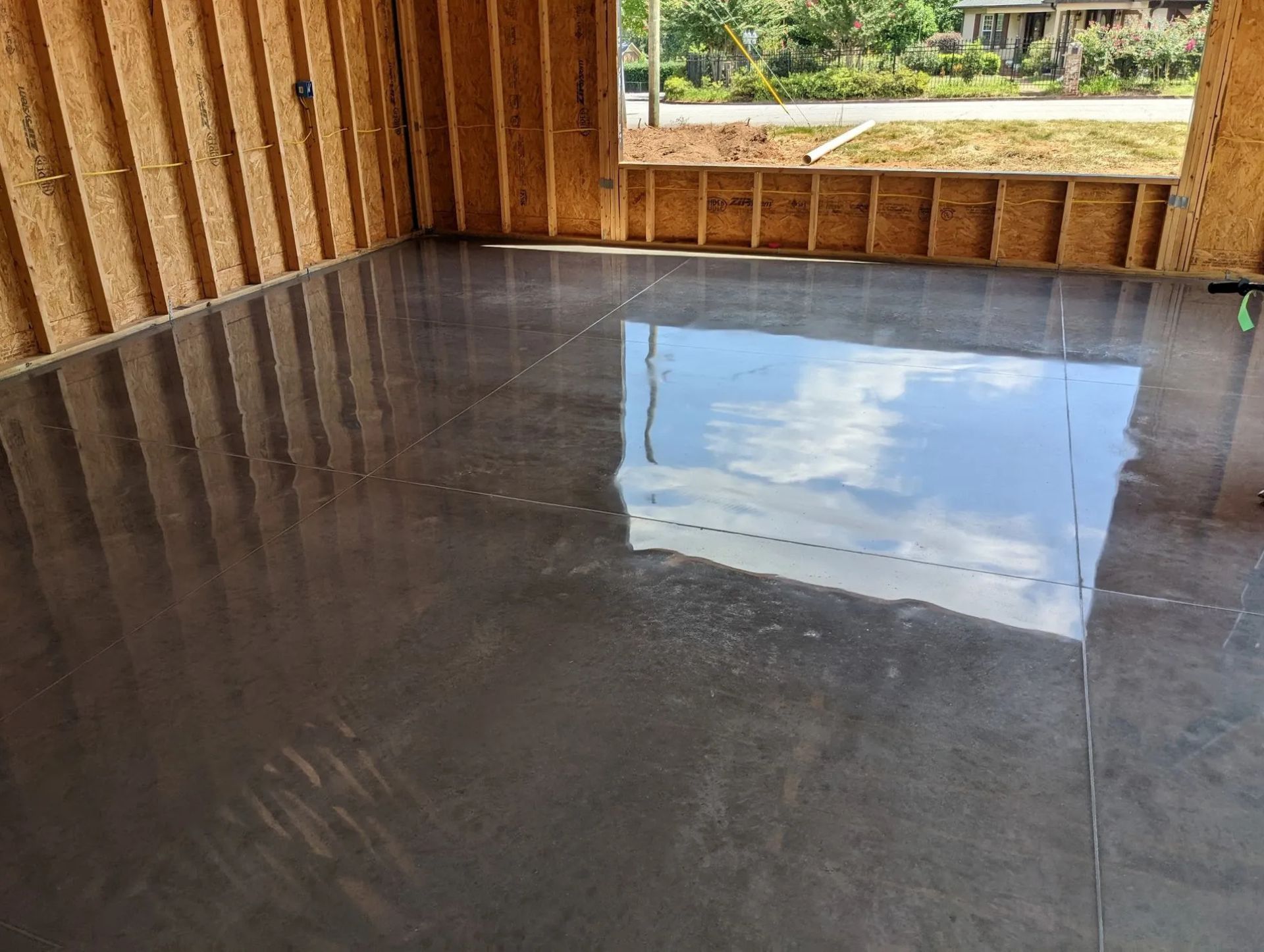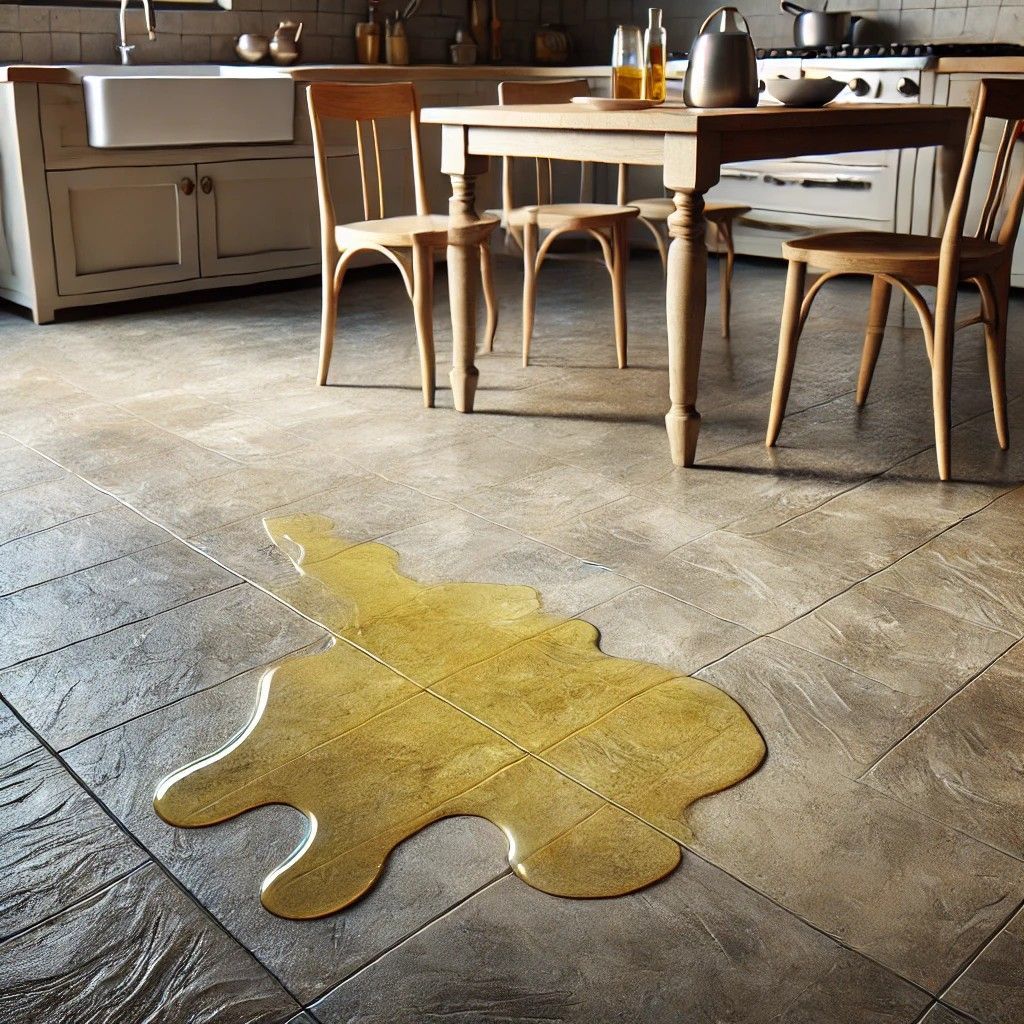Best Concrete Stain: Water-Based vs. Solvent-Based
If you're researching concrete stain options and feeling stuck, you're not alone. It sounds simple—just stain the concrete, right? But when you dig a little deeper, you run into two main options: water-based and solvent-based. Each one promises lasting color and good looks, but choosing the wrong type can lead to poor coverage, peeling, or just a finish you don’t like. And that means wasted time, money, and effort.
That frustration is real. Homeowners, contractors, and DIYers all run into the same challenge: how to pick the best concrete stain for their specific project. If you're looking for answers without the fluff, you're in the right place. This blog breaks down the pros, cons, and real-world uses of both stain types so you can pick with confidence.
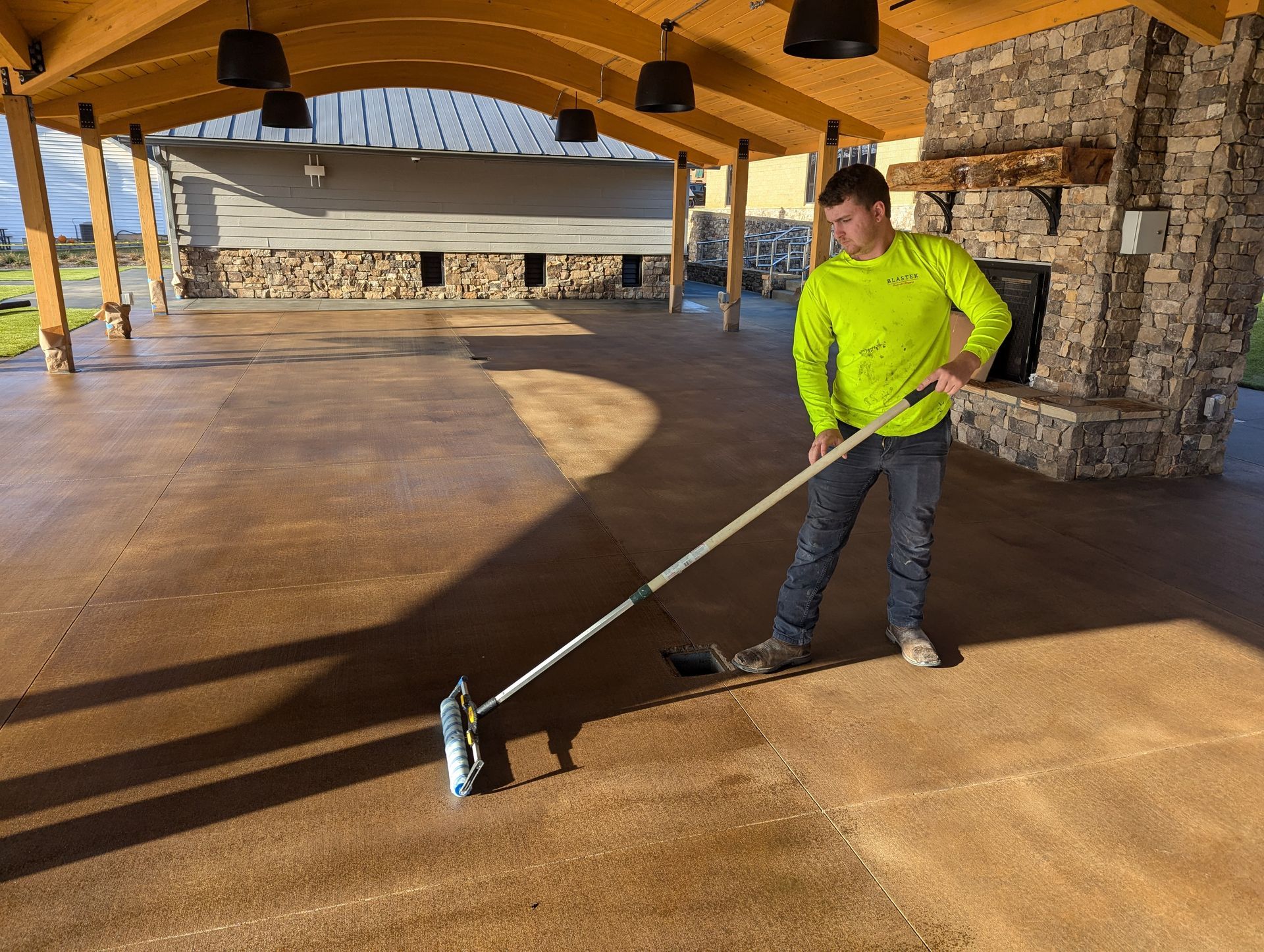
What is Concrete Stain?
Before we dive into the differences, let’s get clear on what a concrete stain actually does. Concrete stain isn’t paint. It doesn’t sit on the surface. Instead, it soaks into the concrete and reacts with the material or deposits pigment, depending on the type. The result is a rich, variegated look that brings out the natural character of the surface. It's a favorite for patios, driveways, basements, retail stores, and even polished concrete floors in commercial buildings.
There are two main types:
- Water-based concrete stains
- Solvent-based concrete stains
Each comes with its own benefits, downsides, and ideal use cases.
Water-Based Concrete Stains
What It Is: Water-based stains use water as a carrier for pigments and acrylics. These stains don’t react chemically with the concrete. Instead, they deposit color on the surface and slightly soak in, similar to how a dye works.
Pros:
- Low VOCs and safer indoors: Great for basements, interior floors, and places where ventilation is a concern.
- Easy to apply: Usually a spray-and-go system, easy for DIY.
- Lots of color options: Wide range of shades, from subtle earth tones to bold colors.
- UV resistant: Holds up well in outdoor sunlight without fading.
Cons:
- Doesn’t penetrate as deeply as solvent-based stains.
- Needs a sealer to prevent wear and tear.
- Surface prep matters: Any dust or residue can block stain absorption.
Best For:
- Indoor spaces
- Eco-conscious projects
- Surfaces with existing sealers (once cleaned properly)
- Decorative jobs with more design and color variation
Solvent-Based Concrete Stains
What It Is: Solvent-based stains use solvents to carry the pigment into the pores of the concrete. Many are also reactive stains (especially acid-based), which create a chemical reaction that changes the color of the concrete permanently.
Pros:
- Deep penetration: Long-lasting and less prone to peeling.
- Rich, mottled appearance: Offers more natural, earthy tones and shading.
- Highly durable: Excellent for high-traffic areas and exterior use.
- Less prone to lifting: Bonds deeply with the surface.
Cons:
- High VOCs: Strong odor, poor choice for indoor use without serious ventilation.
- Limited color palette: Usually brown, tan, green, and other earthy tones.
- Can be tricky to apply: More prep and caution needed during installation.
Best For:
- Outdoor patios and driveways
- Commercial or industrial floors
- Projects where durability is more important than color options
- Clients who prefer a natural, weathered look
Side-by-Side Comparison
| Feature | Water-Based Stain | Solvent-Based Stain |
|---|---|---|
| Application Ease | Easy for DIY | Requires more experience |
| VOCs / Odor | Low / Minimal | High / Strong |
| Color Options | Many vibrant shades | Earthy and limited |
| Penetration | Surface-level | Deep and reactive |
| Durability | Needs sealer | Long-lasting |
| Indoor Use | Excellent | Poor without ventilation |
| UV Resistance | Good | Varies by product |
| Environmental Impact | Low | Higher |
How to Choose the Right One
When it comes down to picking the best concrete stain, it really depends on your specific needs:
Go water-based if:
- You’re working indoors.
- You want lots of color options.
- You value low odor and easy clean-up.
- You want a user-friendly DIY experience.
Go solvent-based if:
- You're staining exterior surfaces.
- You want that variegated, earthy finish.
- Durability is more important than color variety.
- You’re okay with more prep and cleanup effort.
Maintenance Tips for Both Stain Types
No matter which stain you pick, protecting the finish matters. Here’s how to keep your stained concrete looking good for years:
- Seal the surface: Both types need a good concrete sealer to lock in color and protect from wear.
- Clean regularly: Mild soap and water do the trick. Avoid harsh chemicals.
- Reapply sealer every 2–3 years: Especially for outdoor surfaces.
- Avoid dragging metal or furniture across the surface.
Final Thoughts
Choosing the best concrete stain doesn’t have to be overwhelming. If you understand your space, your goals, and your comfort level with application, you’re already ahead of the game. Both water-based and solvent-based stains have their place. The key is knowing when to use each and how to protect your work when it’s done.



